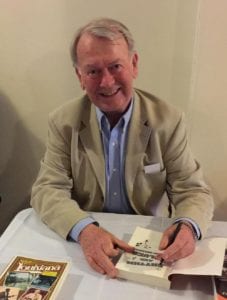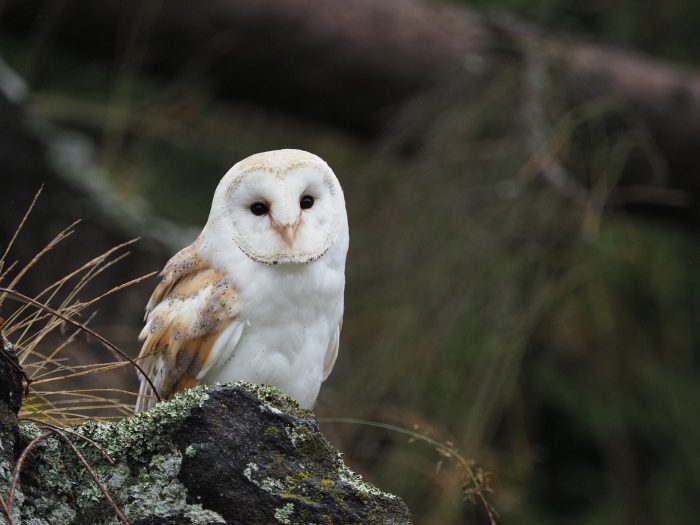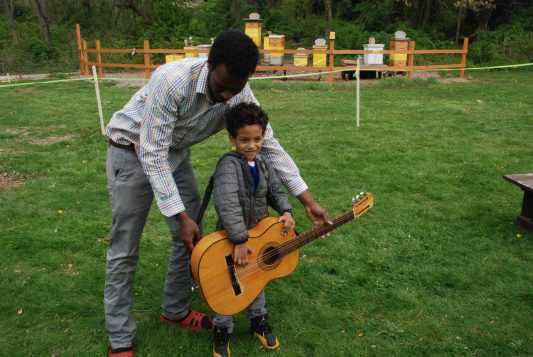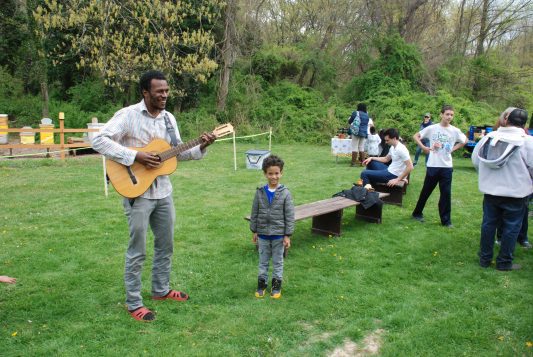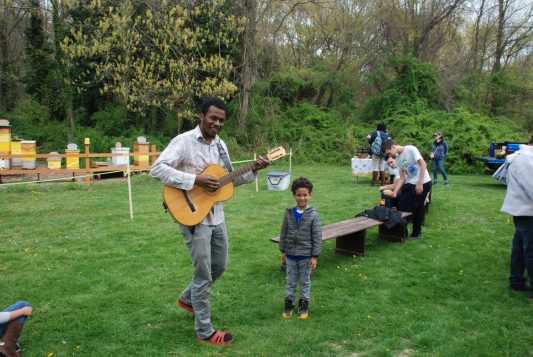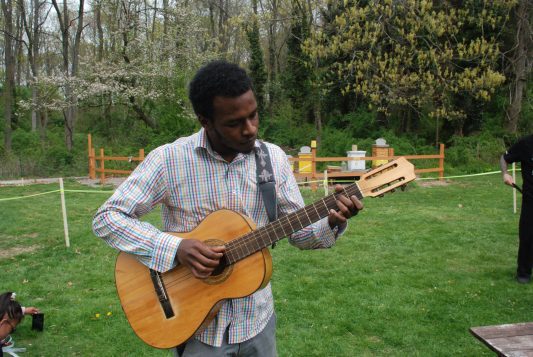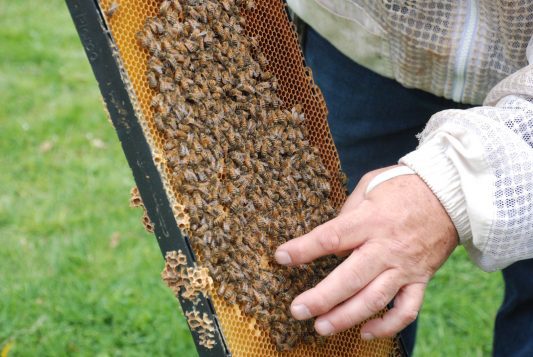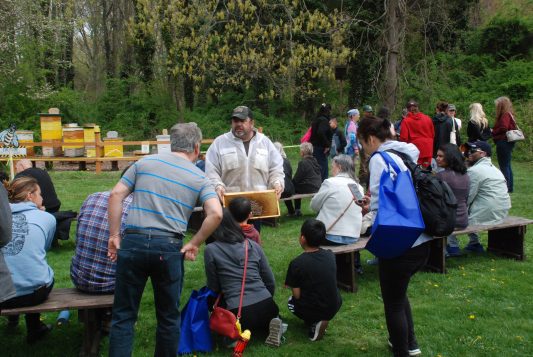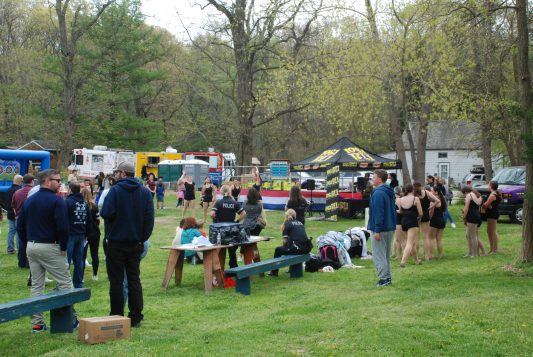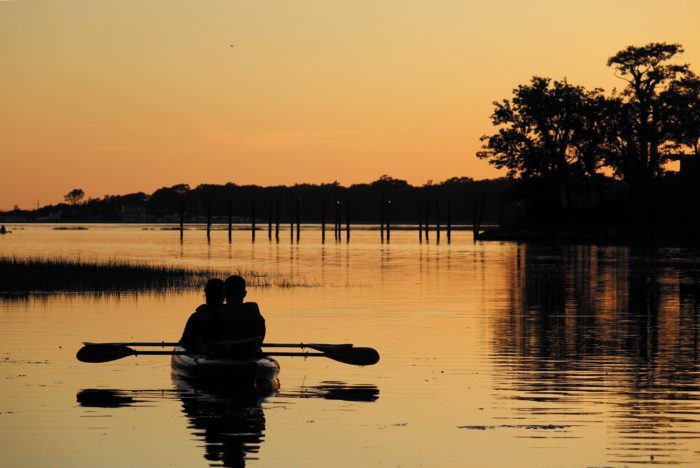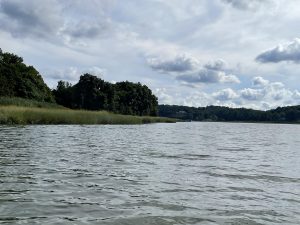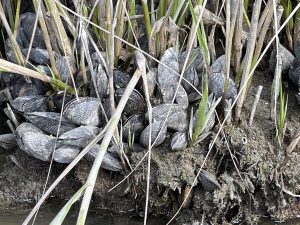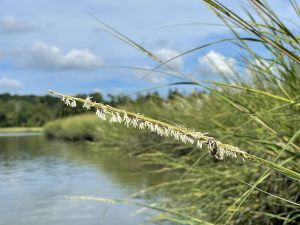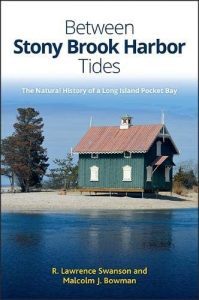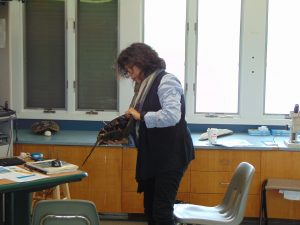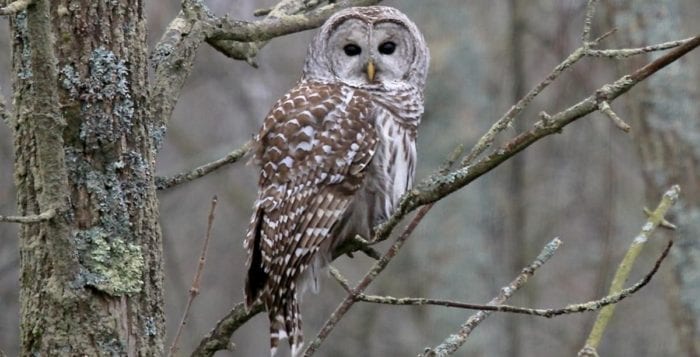Thursday May 12
Long Island Guitar Festival
The 30th annual Long Island Guitar Festival will be held through May 15 at various times the Setauket Presbyterian Church, 5 Caroline Ave., Setauket. Scheduled performers include David Russell, Benjamin Verdery, Beijing Guitar Duo, Evan Taucher, Harris Becker & Friends, Laura Lessard, Michael Roberts, James Erickson, Paul Cesarczyk, Chinnawat Themkumkwun, Olson/De Cari Duo, Jeffrey Marcus, Maureen Hynes, Rie Schmidt, Alan Morris, and Samantha Clarke. Ensembles scheduled to perform include the NJMEA HS Honors Guitar Orchestra, the New Jersey Guitar Orchestra, the Susan E. Wagner HS Guitar Ensemble, and the Metropolitan Guitar Academy. Tickets are available at Eventbrite or at the door. Visit www.ligfest.net for more info.
Virtual Trivia Night
Wok this way and join the Whaling Museum, 301 Main St. Cold Spring Harbor for a virtually Deliciously Fun Trivia Night via Zoom at 7 p.m. Test your knowledge of foods from around the world, food moments in film and music, food logos, historic dishes, ingredients, cultural traditions, food in art, and more. Questions are mostly multiple choice and include photos, videos and audio clips. Participate solo or play as a team. Winner is Lord of the Fries! $10 suggested donation. To register, visit www.cshwhalingmuseum.org..
Friday May 13
Long Island Guitar Festival
See May 12 listing.
Garden Club Plant Sale
The Centerport Garden Club will hold its annual plant sale featuring perennial plants from their gardens at Harborfields Public Library, 31 Broadway, Greenlawn from 9 to 11 a.m. while supplies last. Cash or check donations will be accepted. Call 757-4200 for more information.
Musical & Shadow Puppet Show
Stony Brook University’s Charles Wang Center Theatre presents Miao Girl Kiab and the Silver Needle, a live musical and shadow puppet performance, from 6 to 7 p.m. Admission is $20 adults, $15 students/seniors/children ages 6 to 12, free for ages 5 and under. RSVP at www.thewangcenter.org.
Wine and Chocolate Tasting
Celebrate St. James hosts a Wine and Chocolate Tasting event at the St. James Community Cultural Arts Center, 176 2nd St, St James from 7 to 9 p.m. Enjoy wine sampling from a boutique winery, from light whites to robust reds. Donna Meyers will guide you through the sampling as each wine is paired with just the right chocolate! Tickets are $20 adults, $15 seniors. To RSVP, visit www.celebratestjames.org or call 984-0201.
Opera Open Mic Night
Unitarian Universalist Fellowship, 109 Browns Road, Huntington welcomes Opera Night Long Island with Opera Open Mic at 7:30 p.m. Featuring performances by Ariana Warren, Kimberly Iannuzzi, Marie Michalopoulos, Chris Jurak and more. $10 donation at the door. Ccall 261-8808 or visit www.operanight.org.
LITMA Contradance
The Smithtown Historical Society’s Frank Brush Barn, 211 E. Main St., Smithtown hosts a Contradance by LITMA at 7:30 p.m. with basic instruction at 7:15 p.m. Featuring Alex Deis-Lauby Calling with The LITMA Contra Band. Admission is $15, $10 members. Students are half price and children under 16 are free with a paid adult. Questions? Call 369-7854.
Saturday May 14
Long Island Guitar Festival
See May 12 listing.
Pottery & Craft Sale
The Brick Clay Studio & Gallery, 2 Flowerfield, Suites 57 & 60, St. James will hold a Spring Outdoor Pottery and Craft Show from 10 a.m. to 4 p.m. featuring one of a kind hand-made pottery, local artists and craftsmen, live music and a food truck. Proceeds from bowl and raffle sales will be donated to World Central Kitchen /Ukraine. The Gallery Shop will also be open to browse their handmade pottery made on the premises. Admission is free. Rain date is May 15. Visit www.thebrickstudio.org or call 833-THE-BRICK for more information.
Buttercup Day
Buttercup’s Dairy Store, 285 Boyle Road, Port Jefferson Station invites the community to celebrate its 51st anniversary with a Buttercup Day from 11 a.m. to 3 p.m. Enjoy a petting zoo, hot dogs, fun slides, games and prizes. Free. Call 928-4607.
Muster Day at the Arsenal
Rescheduled from May 7. Join the Huntington Militia for a Muster Day at the Huntington Arsenal and Village Green on Park Avenue in Huntington from noon to 5 p.m. This is a unique opportunity to go behind the scenes of The Order of the Ancient and Honorable Huntington Militia and see what is involved reenacting Long Island history with marching, musket firing, tours of the Arsenal, open hearth cooking, and craft demonstrations. Free. Visit www.huntingtonmilitia.com.
Paige Patterson in concert
The Greater Port Jefferson Arts Council presents Paige Patterson in concert at Harborfront Park, 101 E. Broadway, Port Jefferson at 3 p.m. Patterson will be performing her feel-good concert titled Musical Therapy for the Soul encompassing the genres of standards, classic soul, contemporary and Broadway. Rain location: First United Methodist Church, 603 Main St., Port Jefferson. Free. Visit www.gpjac.org.
Artist Talk & Book Signing
The Art League of Long Island, 107 East Deer Park Road, Dix Hills will host an Artist Talk & Book Signing with Holly Gordon and Ward Hooper from 3 to 5 p.m. The authors will discuss their book, Parallel Perspectives: The Brush/Lens Collaboration, followed by a book signing. Free. Call 462-5400 for more information.
Old Burying Ground tour
Join the Huntington Historical Society for an Old Burying Ground walking tour at 4 p.m. Established soon after the Town’s 1653 founding, Huntington’s earliest public burying ground features stunning folk art and beautiful epitaphs honoring Huntington’s residents and rich history. Tour begins at the Soldiers and Sailors Memorial Building, 228 Main St., Huntington .Tickets are $15 adults, $5 children. For reservations, visit www.huntingtonhistoricalsociety.org.
An evening of comedy
The Comedy Club returns to Theatre Three, 412 Main St., Port Jefferson with another hilarious night of non-stop laughter and fun! Featuring comedians David Weiss, Steven Rocco Parrillo, Travis Grant, and Chris Monty. Tickets are $35. To order, call 928-9100 or visit www.theatrethree.com.
Sunday May 15
Long Island Guitar Festival
See May 12 listing.
Car Show & Swap Meet
The Long Island Community Hospital Amphitheater at Bald Hill, 1 Ski Run Lane, Farmingville hosts a Car Show & Swap Meet by Long Island Cars from 8 a.m. to 4 p.m. featuring street rods, muscle cars, antiques exotics and imports along with a swap meet, live music by The Fugitives plus food and refreshments. Admission is $10, under 12 years are free. Call 567-5898.
Port Jefferson Farmers Market
Get local! The Port Jefferson Farmer’s Market returns to Harborfront Park, 101 E. Broadway, Port Jefferson today and every Sunday through Nov. 13 from 9 a.m. to 2 p.m. Purchase local produce, honey, bread and baked goods, plants and flower bouquets. Call 473-4724.
Caumsett hike
Join the staff at Caumsett State Historic Park Preserve, 25 Lloyd Harbor Road, Huntington for a 2-mile hike from 9:45 to 11:45 a.m. On this hilly moderately long walk you will study the park’s social economic, architectural and political history. (Some walking in long grass). Adults only $4 per person. Advance registration required by calling 423-1770.
Spring Craft Fair
Join Bethel Hobbs Community Farm, 178 Oxhead Road, Centereach for a Spring Craft Fair from 10 a.m. to 4 p.m. Featuring local businesses, jewelry, self-care products, clothing, accessories, wreathes and more. Join them as they celebrate their way into the Spring season! Rain date is May 22. Questions? Call 619-7023.
Charity Car & Truck Show
Miller’s Ale House, Middle Country Road, Lake Grove host a Drive for Dana Charity Car Truck Show from 10 a.m. to 2 p.m. in honor of Dana Ryan Sikorsky who suffered a near fatal drowning accident three years ago. The event will feature all years, makes and models cars and trucks will raffles and awards. $25 donation for show cars, free for spectators. Call 553-6975 for more info.
Spring Farm Festival
Smithtown Historical Society, 239 E. Main St., Smithtown hosts a Spring Farm Festival from noon to 4 p.m. Enjoy spinning & weaving demonstrations, blacksmithing, wool dyeing, sheep shearing, children’s crafts, pony rides, petting zoo, vendor fair and much more. $5 per person. Pre-register at Eventbrite.com. Call 265-6768 for more information.
Celebrate St. James Art Reception
In celebration of Pet Month, Celebrate St. James will host an art exhibit celebrating pets at the St. James Community Cultural Arts Center, 176 Second Street, St. James through May 30. Join them for an opening reception today from 1 to 2 p.m. with live music and refreshments. Call 984-0201.
Grist Mill tours
The Stony Brook Grist Mill, 100 Harbor Road, Stony Brook will be open today and every Sunday through October from 1 to 4 p.m. Learn about the inner workings of the mill as it crushes grain into flour and hear about its 323 year history on a guided tour will a miller during guided tours and a visit the Country Store. Admission is $4 for adults, $2 for children. Cash only. For more information on the Stony Brook Grist Mill and for large group tours, call The Ward Melville Heritage Organization at 751-2244.
Victorian Tea Party
Joan of Arc Columbiettes Council 1992 will host a Victorian Tea at Montfort Hall at Infant Jesus Church, 110 Myrtle Ave., Port Jefferson from 1:30 to 4:30 p.m. Wear a pretty spring hat and bring your own teacup if you wish. $20 adults, $10 ages 10 to 16. To RSVP, call Michele at 473-0165.
Horseshoe Crab Walk
Sunken Meadow State Park, Sunken Meadow Parkway, Kings Park hosts a Horseshoe Crab Walk from 2 to 3:30 p.m. Investigate these living fossils that come to our shores in the spring with a walk down to the marsh to observe these creatures during their high tide spawning periods during this family program. $4 per person. To register, please visit Eventbrite.com and search #NatureEdventure
Silver Chords Chorus concert
The Huntington Moose Lodge, 631 Pulaski Road, Greenlawn welcomes the Silver Chords Chorus in concert at 2 p.m. Celebrating 40 years of choral music, the program will include such old gems as “Shenandoah,” “Birth of the Blues,” “Let the River Run” and “How Can I Keep From Singing,” along with some special premieres. Admission is free. Call 235-3593.
Monday May 16
No events listed for this day.
Tuesday May 17
Anything But Silent at the CAC
The Cinema Arts Centre, 423 Park Ave., Huntington continues its Anything But Silent series with a screening of The Cameraman (1928) at 7 p.m. with live accompaniment by Ben Model. In this classic comedy, Buster Keaton stars as a clumsy man hopelessly in love with a woman working at MGM Studios. Buster soon attempts to become a motion picture cameraman to be close to the object of his desire! Tickets are $17, $12 members. For more information, visit www.cinemaartscentre.org.
Wednesday May 18
Cruise Night Car Show
It’s back! The Shoppes at East Wind, 5720 Route 25A, Wading River hosts a Cruise Night Car Show every Wednesday through Oct. 26 from 5 to 9 p.m. Visit the Shoppes, enjoy a bite to eat and then check out the fine array of classic cars in the parking lot. Call 929-3500.
Thursday May 19
International Museum Day
Celebrate International Museum Day at the Middle Country Public Library, 101 Eastwood Blvd., Centereach from 4 to 7 p.m. Representatives from many local museums, historical societies, science and nature centers will be on hand to share information regarding their collections, programs and exhibits! Call 585-9393 for further information.
An evening of jazz
The Jazz Loft, 275 Christian Ave., Stony Brook welcomes the Big Little Bad Band in concert from 7 to 9:30 p.m. featuring vocalist Madeline Kole and original compositions and arrangements by bandleader and pianist Rich Iacona. Tickets are $30 adults, $25 seniors, $20 students, $15 children, under age 5 free. Visit www.thejazzloft.org to order.
Theater
‘Mamma Mia!’
Theatre Three, 412 Main St., Port Jefferson closes its 2021-2022 with Mamma Mia! from May 21 to June 25. ABBA’s timeless hits tell the enchanting story! On the eve of her wedding, a daughter’s quest to discover the identity of her father brings three men from her mother’s past back to the Greek island paradise they last visited twenty years ago. Featuring such chart toppers as “Knowing Me, Knowing You,” “Take a Chance on Me,” “Gimme! Gimme! Gimme!,” and “Dancing Queen,” this is a trip down the aisle you’ll never forget. Contains adult themes and situations. Tickets are $35 adults, $28 seniors and students, $20 children ages 5 and older. To order, call 928-9100 or visit www.theatrethree.com.
‘Kinky Boots’
Up next at the John W. Engeman Theater, 250 Main St., Northport is Kinky Boots from May 19 to July 3. With songs by Cyndi Lauper and book by Harvey Fierstein, this dazzling, sassy and uplifting musical celebrates a joyous story, inspired by true life events, taking you from the factory floor of a men’s shoe factory to the glamorous catwalks of Milan! Tickets range from $75 to $80 with free valet parking. To order, call 261-2900 or visit www.engemantheater.com.
‘Midsummer Night’s Dream’
The Carriage House Players open the 31st annual Summer Shakespeare Festival at the Suffolk County Vanderbilt Museum, 180 Little Neck Road, Centerport with Midsummer Night’s Dream on May 13 from 8 to 9 p.m. and May 15 from 7 to 8 p.m.. Performances take place outdoors on stage in the courtyard, where the Spanish-Mediterranean architecture adds a touch of timeless charm and magic. Bring your own lawn chairs. Tickets are $20 adults, $15 seniors and children. To order, visit www.vanderbiltmuseum.org.
‘It Shoulda Been You’
Star Playhouse at Stage 74, 74 Hauppauge Road, Commack presents It Shoulda Been You, Broadway’s wild musical farce with blushing brides, nervous grooms, overbearing moms, unexpected guests and plenty of crazy twists and turns, on May 14 and 21 at 8 p.m. and May 15 and May 22 at 2 p.m. It’s wedding season and you’re invited to a wedding like no other! Get ready for a good time filled with music, mayhem, comedy, and a real bunch of characters! Tickets are $25 adults, $20 seniors and students. To order, call 462-9800, ext. 136 or visit www.starplayhouse.com.
